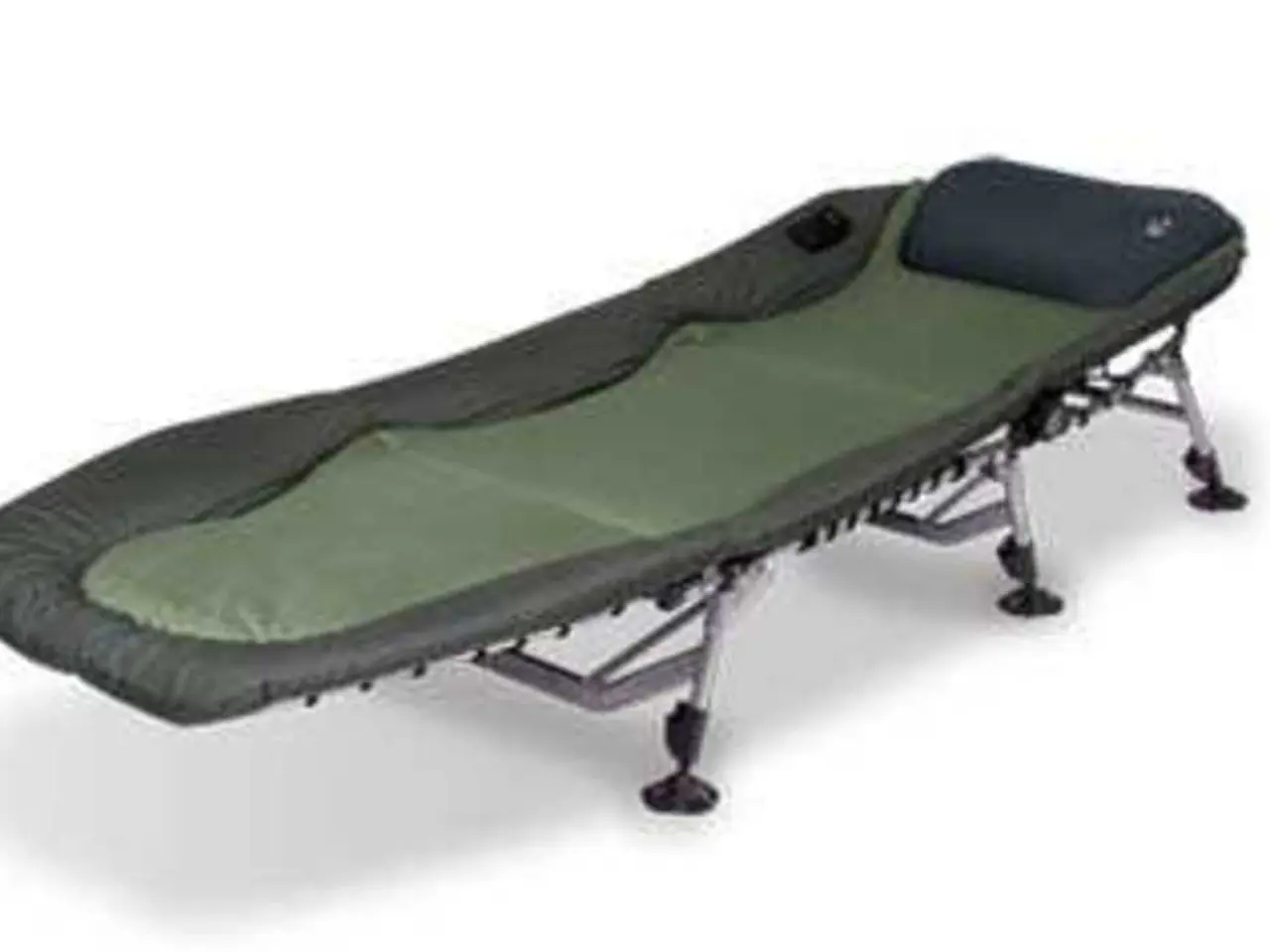Aging tends to intensify knee discomfort, and here's how to alleviate it.
As we age, our knees become increasingly susceptible to osteoarthritis (OA), a common joint disease characterised by the deterioration of cartilage and surrounding tissues. This is largely due to the high mechanical stress and complex movements our knees endure, combined with age-related degeneration.
Over time, the cartilage that cushions the knee bones gradually wears thin, reducing shock absorption and joint protection. The muscles stabilising the knee also weaken, leading to less joint support. Ligaments lose elasticity, and bone density decreases, increasing vulnerability to damage and OA. Low-grade inflammation and a genetic predisposition also contribute to OA development in the knee.
Activities and factors that increase the risk of knee injuries and long-term damage include repetitive mechanical stress through frequent bending, kneeling, or squatting, especially in certain occupations involving manual handling, climbing, or standing for long periods. Heavy lifting combined with kneeling or squatting increases the risk of knee OA. Excess body weight places additional load on the knees, accelerating cartilage wear. Previous knee injuries, including meniscus or ligament damage, predispose to OA. Repetitive joint use and activities causing joint trauma also contribute. Sports or movements that involve jumping, rapid direction changes, or falls (such as parkour) can cause knee injuries that increase OA risk over time.
To reduce the risk, low-impact exercises like cycling, swimming, and walking to strengthen knee-supporting muscles, weight management, joint flexibility through stretching, and avoiding undue repetitive stress or high-impact trauma are beneficial. Strengthening the surrounding muscles, like the quadriceps, is particularly beneficial for knee health. Swimming, being non-weight bearing, can aid recovery from minor knee injuries and reduce the risk of long-term issues.
Avoiding poor footwear is also crucial for knee care. Well-cushioned shoes are recommended when exercising, as they offer support and minimise the risk of knee injuries. Acknowledging and addressing mild discomfort in the knees is important to prevent small injuries from becoming more serious. Wearing a knee support can help manage pain.
While there is debate about whether running is good or bad for the knees, a 2017 study found no significant difference in the risk of knee OA between runners and non-runners. However, it is essential to ensure proper footwear and avoid excessive, high-impact activities.
Engaging in strength training has been found to reduce the risk of OA by up to 20%. This includes exercises that target the muscles surrounding the knee, such as squats and lunges.
In summary, maintaining knee health as we age involves a combination of regular low-impact exercise, weight management, and joint-supporting practices. By understanding the factors that increase the risk of knee injuries and taking steps to mitigate them, we can enjoy an active and pain-free life as we grow older.
References: [1] https://www.ncbi.nlm.nih.gov/pmc/articles/PMC4413550/ [2] https://www.ncbi.nlm.nih.gov/pmc/articles/PMC6747853/ [3] https://www.ncbi.nlm.nih.gov/pmc/articles/PMC4636374/ [4] https://www.ncbi.nlm.nih.gov/pmc/articles/PMC6747853/ [5] https://www.ncbi.nlm.nih.gov/pmc/articles/PMC6747853/
- The scientific research on osteoarthritis (OA) has revealed that activities causing joint trauma, such as sudden falls or activities involving jumping, can contribute to the development of this chronic disease in the knee.
- The medical community continues to explore the impact of age-related degeneration on health and wellness, particularly in relation to the development of chronic diseases like OA in the knee.
- Fitness and exercise routines focused on strengthening the muscles surrounding the knee, like squats and lunges, may help reduce the risk of developing OA by up to 20%, according to recent scientific studies.
- While there is ongoing debate about the impact of running on knee health, research has shown that engaging in strength training can offer benefits for maintaining joint health and reducing the risk of OA, as well as other fitness-related activities that minimise high-impact trauma on the knees.




